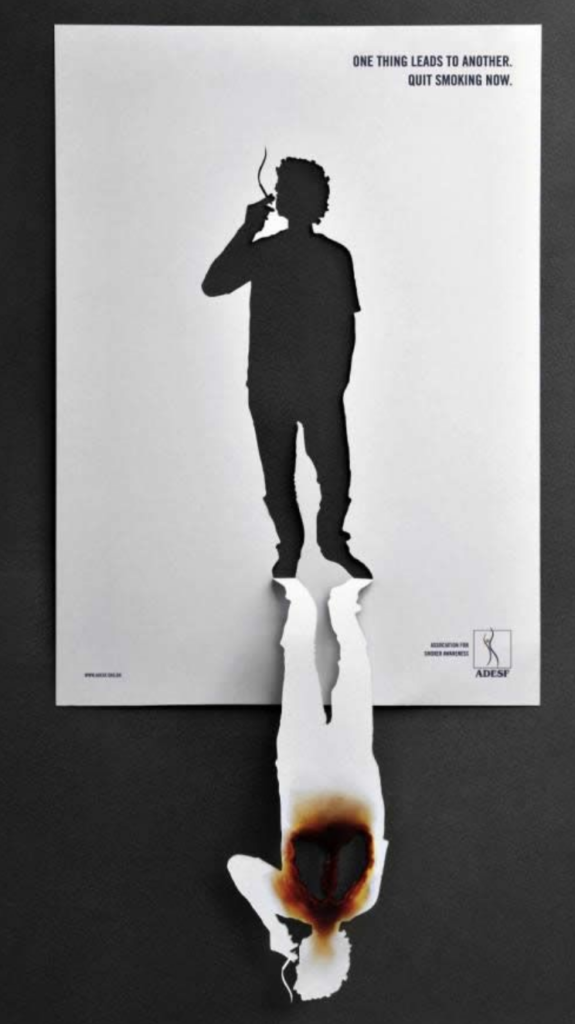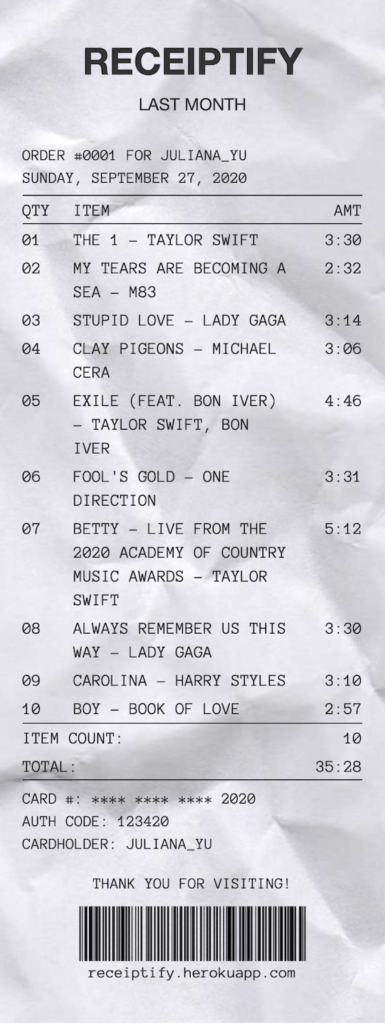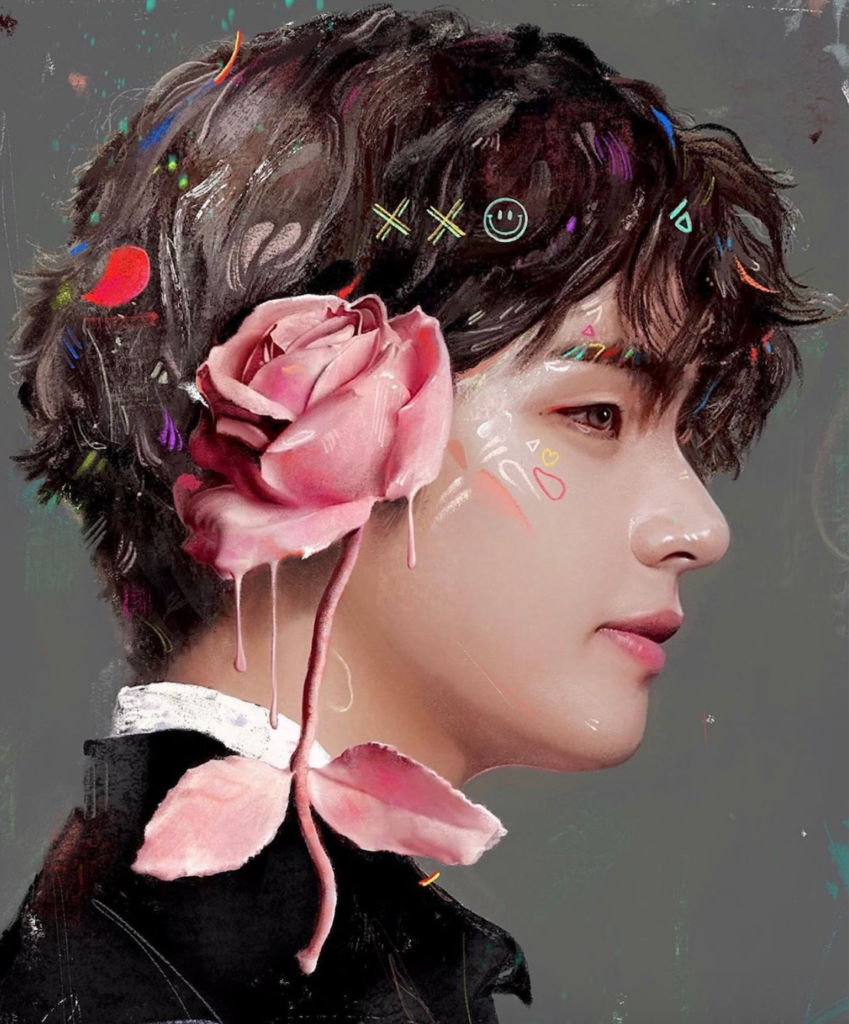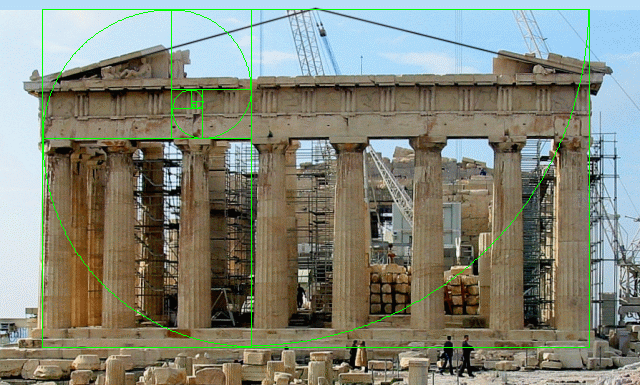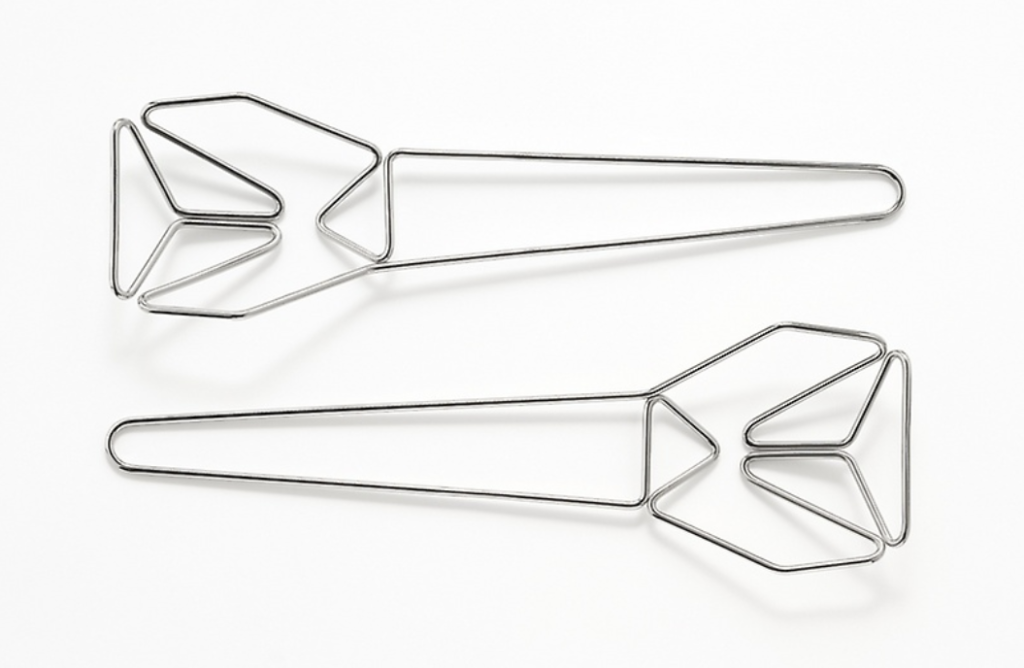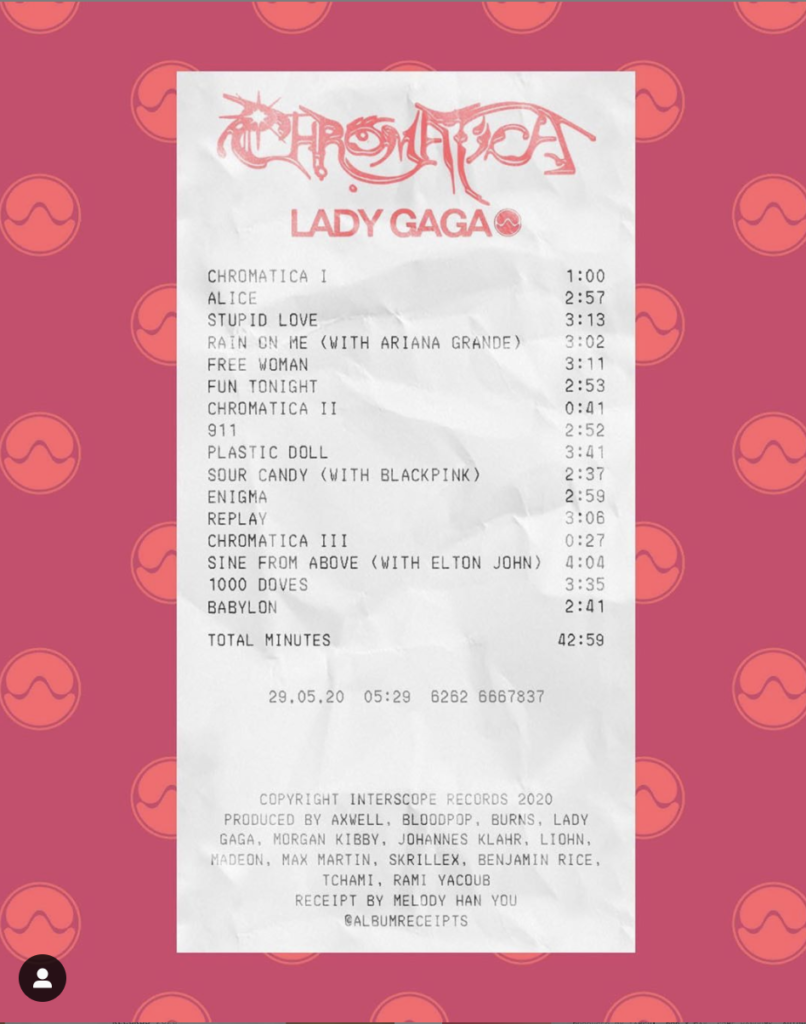Long March: Restart
I recently found a super interesting game that’s pretty much been formally recognized as art. Long March: Restart was created in 2008 by Feng Mengbo as the final work in his painting series Game Over: Long March, and it was acquired by MoMA in 2009. The game questions media portrayal of events from the Long March of the Chinese Communist Party in 1934 by intertwining images of Chinese propaganda with iconic symbols of western culture like Coke cans and with fantastical monster enemies, all in the pixel art side-scroller fashion. In the installation, the viewer/player is surrounded by huge screen projections and is thrown directly into the action. I’m actually glad I got to read Claudio’s post right before making mine because I completely agree that video games immerse the user/viewer in a much more interactive way than other art forms might – games invoke a unique kind of investment in the outcome and message of the work.

